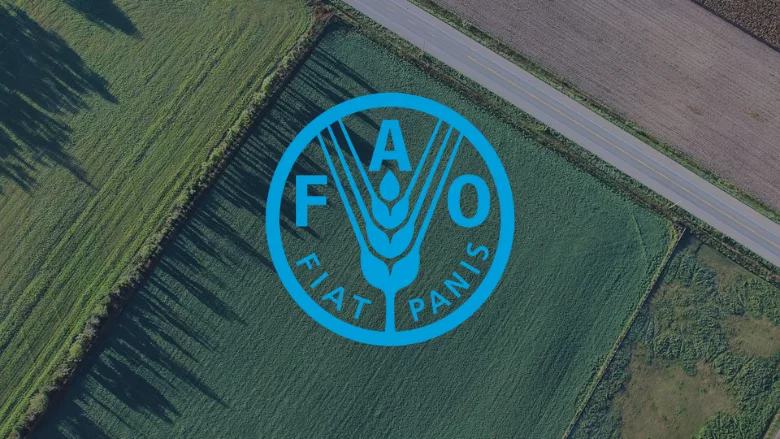FAO Releases Strategic Priorities for Food Safety 2022–2031

Credit: Pexels via Pixabay, FAO
The Food and Agriculture Organization of the United Nations (FAO) has revealed its strategic food safety priorities for 2022–2031, which have the goal of ensuring “safe food for all people at all times.” The strategic priorities describe the ways in which FAO will support its members in improving food safety at all levels by providing scientific advice and building national capacities.
The FAO Strategic Priorities for Food Safety 2023–2031 was developed at the request of the 27th Session of the FAO Committee on Agriculture (COAG) and approved by the 171st session of FAO Council to support the implementation of the FAO’s Strategic Framework for 2022-2031 and the 2030 Agenda for Sustainable Development. The FAO strategic priorities for food safety were developed through a consultative process with FAO members; several FAO technical divisions and centers; and international partner organizations, specifically, the International Atomic Energy Agency (IAEA), the World Organization for Animal Health (WOAH), the World Trade Organization’s (WTO’s) Standards and Trade Development Facility (WTO), the United Nations Industrial Development Organization (UNIDO), and the World Health Organization).
The Strategic Priorities are based on an agrifood systems approach, in which food safety takes on a central role in the development of more efficient, inclusive, resilient, and sustainable agrifood systems. The priorities are structured around four interconnected strategic outcomes focusing on:
- Reinforcing intergovernmental and multi-stakeholder engagement in inter-sectoral coordination of food safety governance at all levels
- Using sound scientific advice and evidence as the foundation of food safety decision-making
- Strengthening and continuously improving national food control systems
- Promoting public and private stakeholder collaboration to ensure food safety management and controls throughout the agrifood chain.
Together, the four outcomes are meant to encourage coherent integration of food safety into the development of sustainable and inclusive agrifood systems, food security, nutrition policies, and agricultural development strategies. The actions described in FAO strategic priorities for food safety will contribute to several Sustainable Development Goals under the 2020 Agenda.
The Strategic Priorities connect FAO’s normative and programmatic work. The normative work includes the provision of scientific advice in support of the Codex Alimentarius standard-setting process, as well as developing food safety guidance materials for FAO members. The programmatic work supports initiatives by FAO members to strengthen official food control systems and food safety and quality management along the food chain, as well as enhancing inter-sectoral coordination.
Additionally, an information-sharing and discussion mechanism was developed with WHO to ensure that the Strategic Priorities for Food Safety and the WHO Global Strategy for Food Safety 2022-2030 are aligned, mutually supportive, and complementary. The two organizations are planning a joint framework for implementation following the endorsement of the respective strategic directions.
Looking for quick answers on food safety topics?
Try Ask FSM, our new smart AI search tool.
Ask FSM →




.webp?height=200&t=1645023208&width=200)



